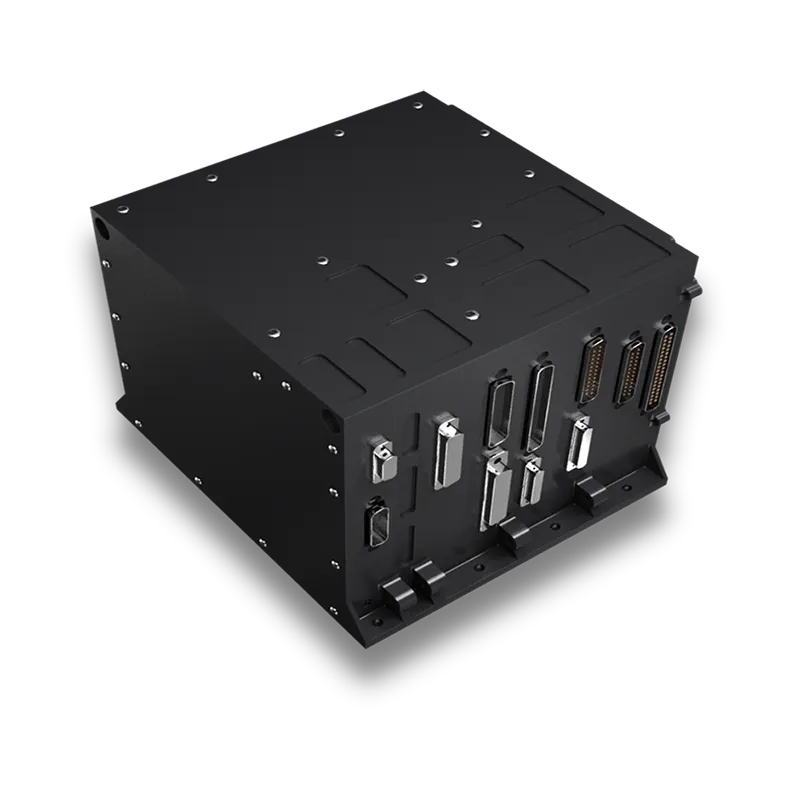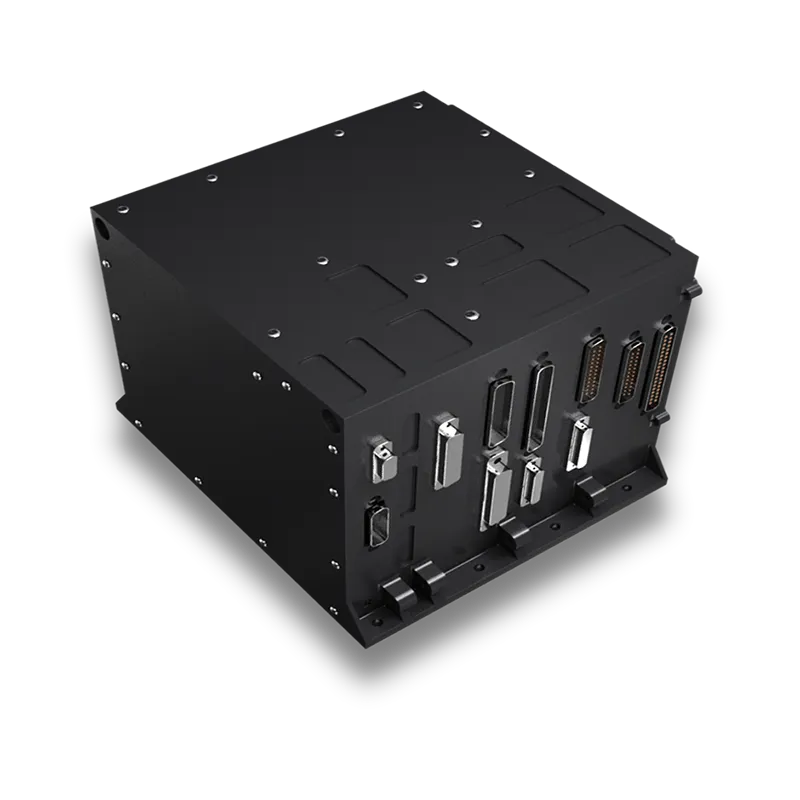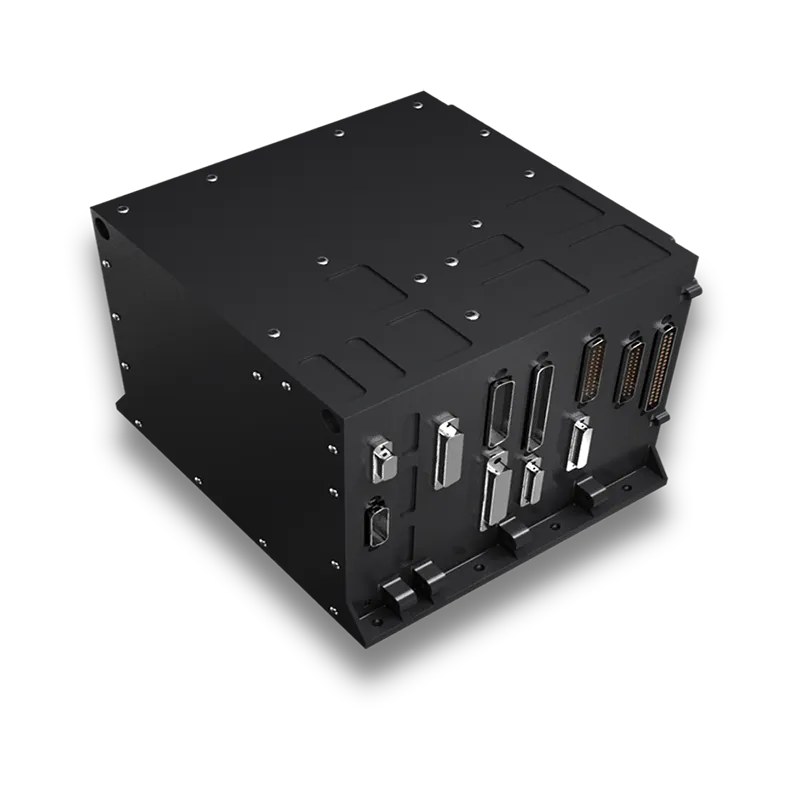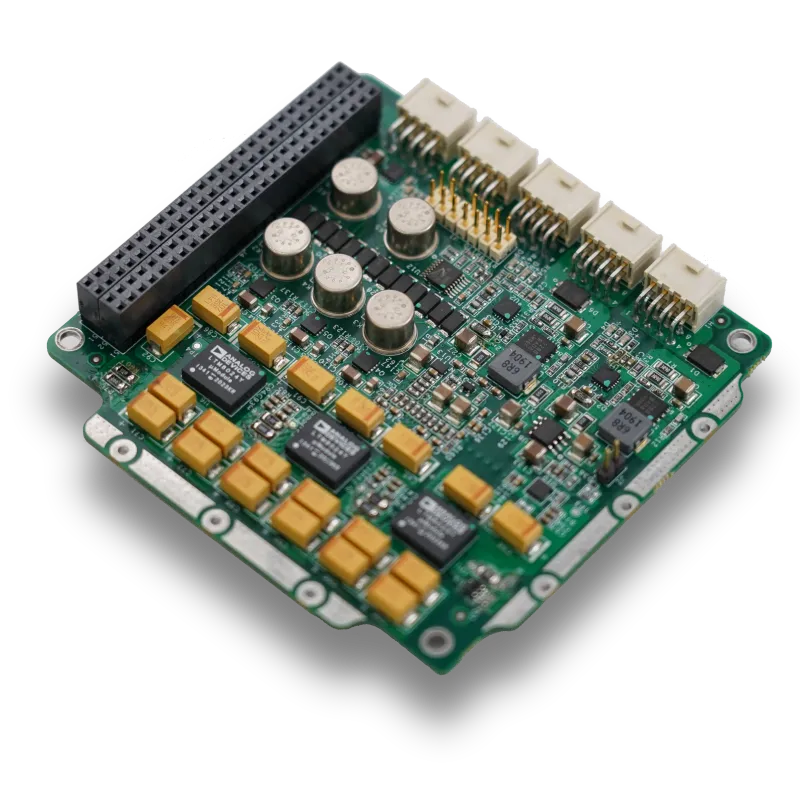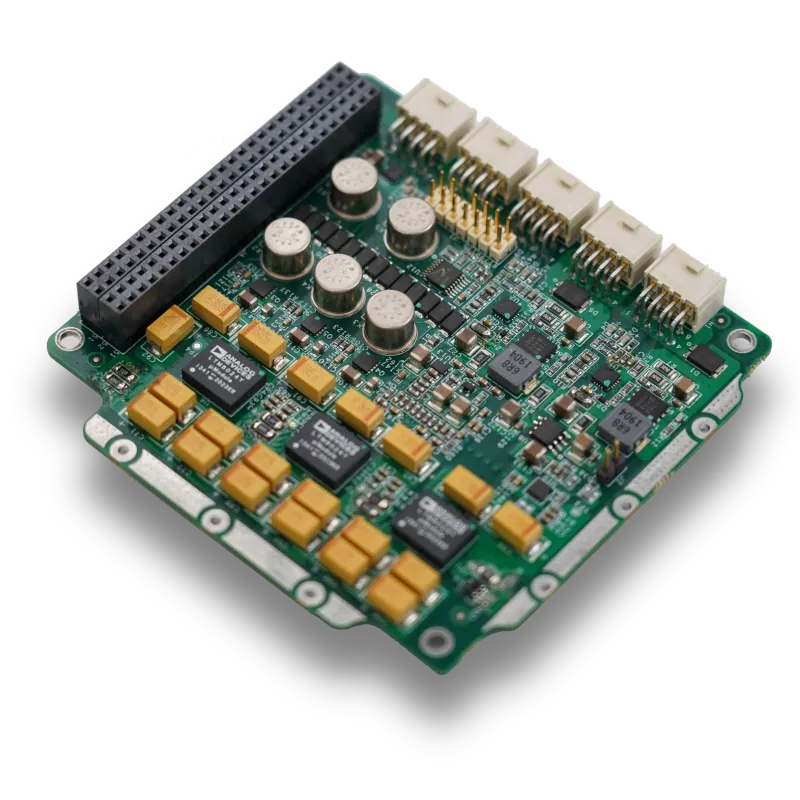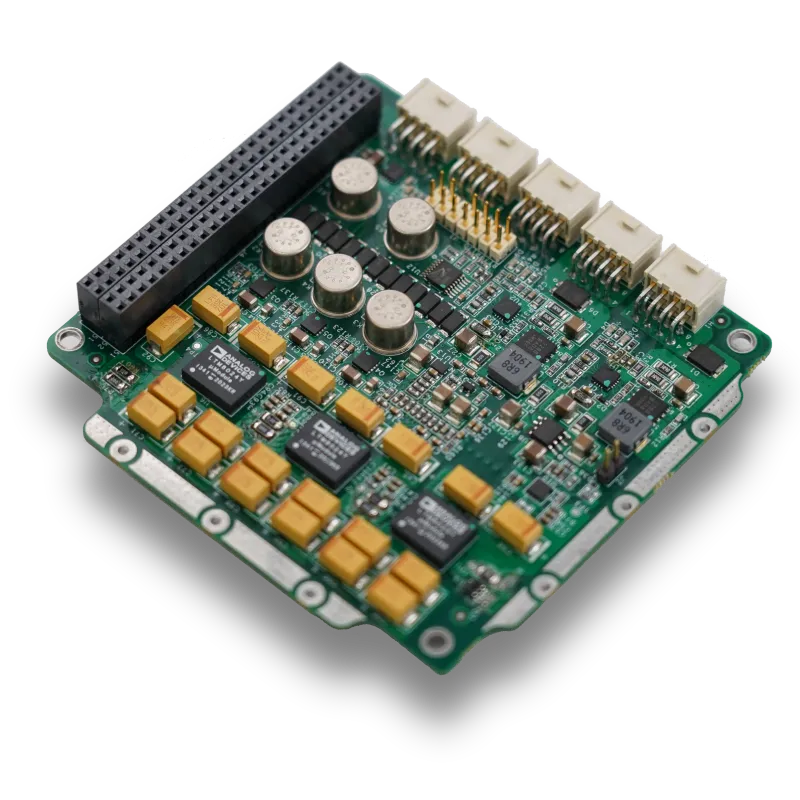
- umAfrika
- Isi-Albania
- Isi-Amharic
- Isi-Arabhu
- Isi-Armenian
- Isi-Azerbaijani
- Isi-Basque
- IsiBelarusian
- Isi-Bengali
- Isi-Bosnia
- IsiBulgaria
- IsiCatalan
- Cebuano
- China
- IsiCorsican
- IsiCroatia
- IsiCzech
- IsiDanish
- IsiDashi
- IsiNgisi
- Isi-Esperanto
- Isi-Estonian
- IsiFinnish
- IsiFulentshi
- IsiFrisian
- IsiGalicia
- IsiGeorgia
- IsiJalimane
- isiGreki
- IsiGujarati
- IsiCreole saseHaiti
- IsiHausa
- isi-hawaiian
- IsiHebheru
- Cha
- Miao
- IsiHungary
- Isi-Icelandic
- igbo
- Isi-Indonesian
- i-irish
- IsiNtaliyane
- IsiJapane
- Isi-Javanese
- Isi-Kannada
- kazakh
- I-Khmer
- OwaseRwanda
- IsiKorea
- IsiKurdish
- IsiKyrgyz
- Umsebenzi
- IsiLatini
- Isi-Latvian
- IsiLithuanian
- Isi-Luxembourgish
- IsiMacedonian
- Isi-Malagasy
- Isi-Malay
- Isi-Malayalam
- IsiMaltese
- IsiMaori
- IsiMarathi
- IsiMongolia
- eMyanmar
- IsiNepali
- IsiNorwegian
- IsiNorwegian
- Isi-Occitan
- Isi-Pashto
- isiPheresiya
- IsiPolish
- IsiPutukezi
- IsiPunjabi
- IsiRomania
- IsiRashiya
- IsiSamoa
- IsiScottish Gaelic
- IsiSerbia
- IsiNgisi
- IsiShona
- Sindhi
- IsiSinhala
- IsiSlovak
- IsiSlovenian
- eSomalia
- ISpanishi
- IsiSundanese
- IsiSwahili
- IsiSwidi
- IsiTagalog
- Isi-Tajik
- IsiTamil
- IsiTatar
- Isi-Telugu
- IsiThai
- IsiTurkey
- IsiTurkmen
- Isi-Ukraine
- Isi-Urdu
- Isi-Uighur
- Isi-Uzbek
- IsiVietnamese
- Isi-Welsh
- Usizo
- Isi-Yiddish
- IsiYoruba
- Zulu
Understanding Satellite Components: Essential Elements in Modern Space Technology
Satellites have become indispensable tools for communication, navigation, weather forecasting, and scientific research across the globe. The seamless operation of these complex machines relies heavily on the quality and functionality of the satellite components embedded within them. These components ensure that a satellite can withstand the harsh environment of space, maintain reliable communication links, and carry out its mission effectively. Whether it is a large communication satellite or a compact cubesat, understanding the parts of satellites and their role in the system provides valuable insight into modern space technology.
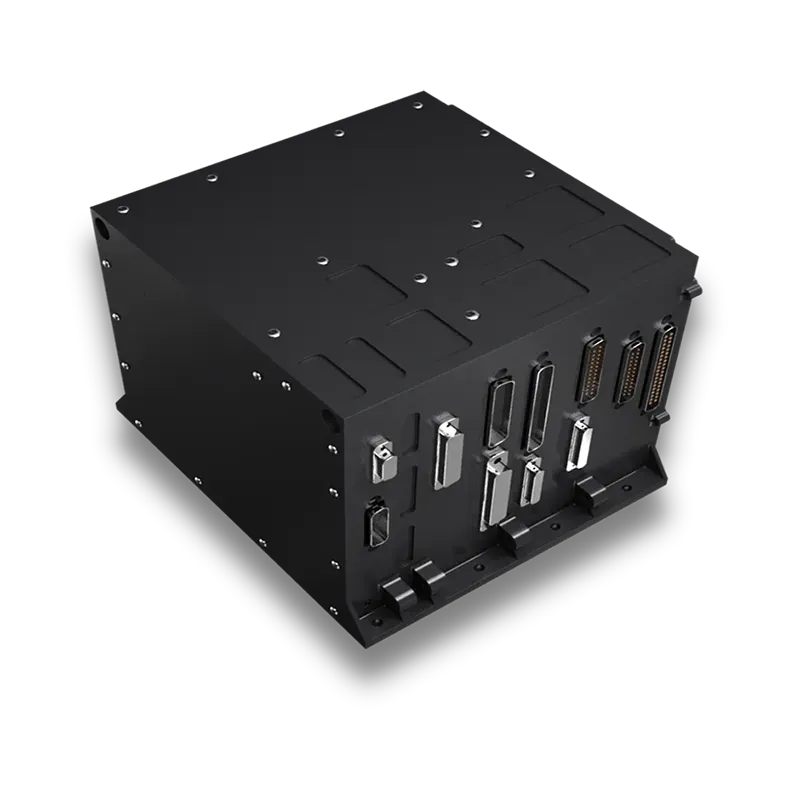
The design and integration of components of satellite communication are crucial in guaranteeing that signals sent from Earth reach their intended destination and that data collected by the satellite is transmitted back without interruption. This requires a robust set of hardware elements, each with a dedicated function, working in harmony to enable continuous, reliable operations. In this article, we will explore the basic components of satellite communication, delve into the parts of a cubesat, and discuss the importance of satellite ground station components in maintaining the communication loop between Earth and space.
Basic Components of Satellite Communication and Their Functions
At the heart of every satellite communication system lies several key components of satellite communication system that perform vital roles. One of the primary elements is the transponder, which functions as a signal repeater. It receives signals transmitted from Earth, amplifies them, and sends them back to a designated receiver, often a ground station. The efficiency and reliability of the transponder directly influence the quality of communication.
Another indispensable satellite communication component is the antenna system. The antenna is responsible for transmitting and receiving electromagnetic waves. It can vary in design—from parabolic dishes to phased arrays—depending on the satellite’s mission and frequency bands used. The antenna’s orientation and beam width are controlled to ensure signals are directed accurately toward their intended targets.
Power is another critical area managed by satellite components of satellite system. Satellites often rely on solar panels combined with rechargeable batteries to generate and store energy. These systems ensure continuous power supply, even when the satellite is in the Earth’s shadow, allowing all onboard systems to function without interruption.
Additionally, satellites are equipped with attitude and orbit control systems (AOCS) that help maintain the satellite’s proper position and orientation in orbit. These systems utilize gyroscopes, magnetometers, reaction wheels, or thrusters to stabilize the satellite and keep the antenna precisely aimed at Earth. Without these control mechanisms, communication signals could become weak or lost entirely.
Together, these basic components of satellite communication—transponder, antenna, power systems, and control units—form the foundation of satellite functionality, enabling satellites to perform their missions effectively.
Exploring Parts of a Cubesat and Their Specialized Roles
In recent years, cubesat components have gained popularity due to their compact size, cost-effectiveness, and versatility. A cubesat is a type of miniaturized satellite usually built in units of 10 cm cubes, making them ideal for academic research, technology demonstrations, and Earth observation.
Despite their small size, the parts of a cubesat include sophisticated elements similar to those found in larger satellites. The payload is one of the most important satellite communication components on a cubesat, tasked with the satellite’s primary mission—whether capturing images, gathering scientific data, or testing new technologies.
The onboard computer acts as the brain of the cubesat, coordinating all operations including power management, communication, and data processing. This component of satellite communication system must be robust and efficient to handle real-time decisions autonomously.
Communication modules in cubesats ensure the transfer of data to ground stations and command reception from operators. These modules may include antennas and transceivers optimized for small form factors but still perform critical communication functions.
Power systems in cubesats typically consist of small solar panels and batteries, carefully balanced to provide adequate energy within size constraints. The attitude control system, although simpler than in larger satellites, maintains the orientation necessary for proper operation of antennas and payloads.
Thus, each of the parts of a cubesat is essential to ensure that even a small satellite can deliver valuable data and maintain stable communication links.
Importance of Satellite Ground Station Components in Communication
Communication with orbiting satellites relies heavily on the functionality of satellite ground station components. Ground stations act as the Earth-based hubs that transmit commands to satellites and receive data back from space.
The core of any ground station is the antenna, often a large parabolic dish, which is used to send and receive signals. These antennas are equipped with precise tracking systems to follow the satellite’s movement across the sky and maintain continuous connection.
Transmitter and receiver units convert signals between radio frequency and usable data, enabling communication systems to decode incoming information and send out commands. Processing equipment then formats, analyzes, and routes this data to the end-users or mission control centers.
Without the proper functioning of these satellite communication components on the ground, the entire communication link would be broken. Ground stations also play a critical role in monitoring satellite health and ensuring that commands sent to satellites are executed properly.
In summary, satellite ground station components form the indispensable terrestrial link in the satellite communication chain, connecting the vastness of space with human operators on Earth.






